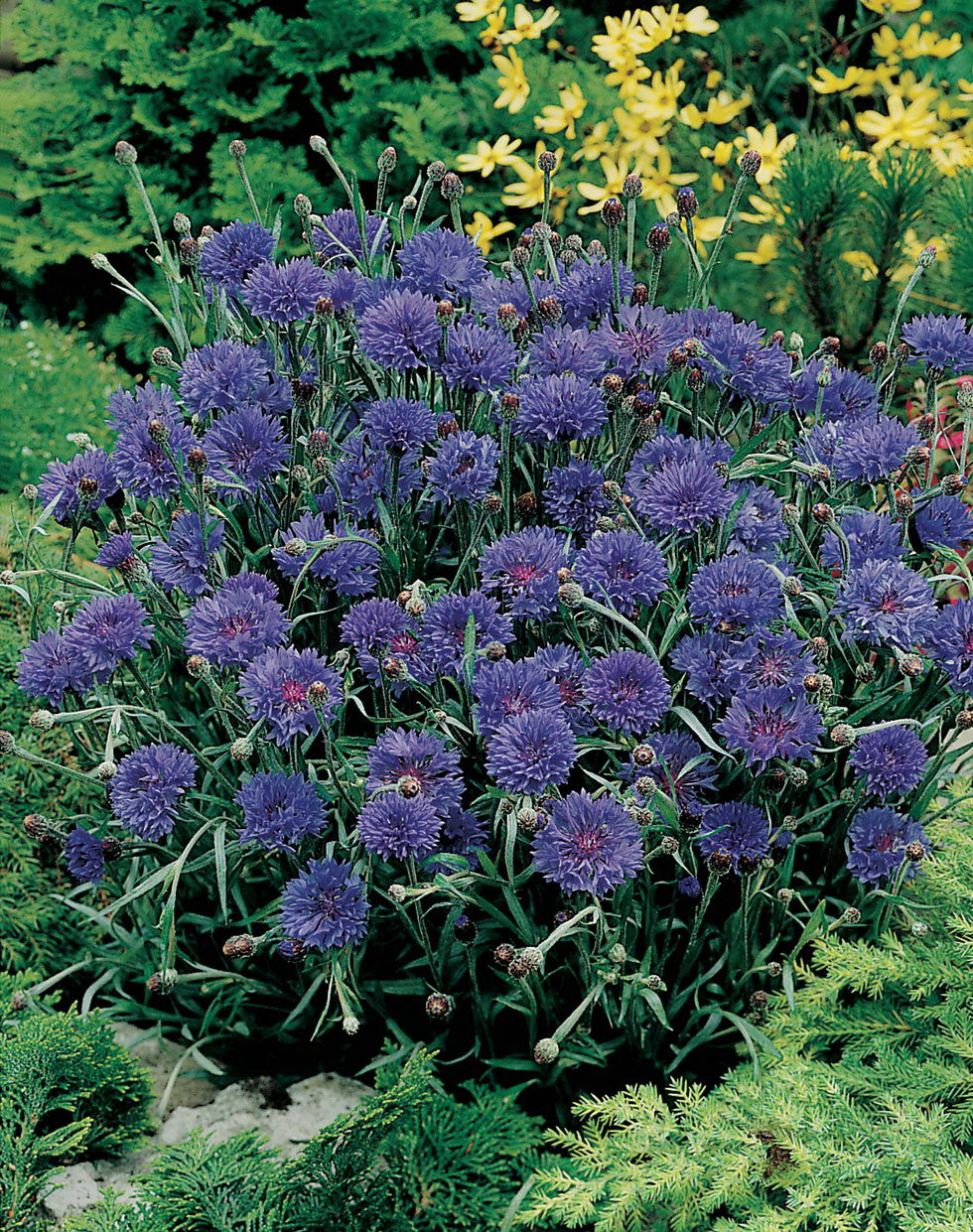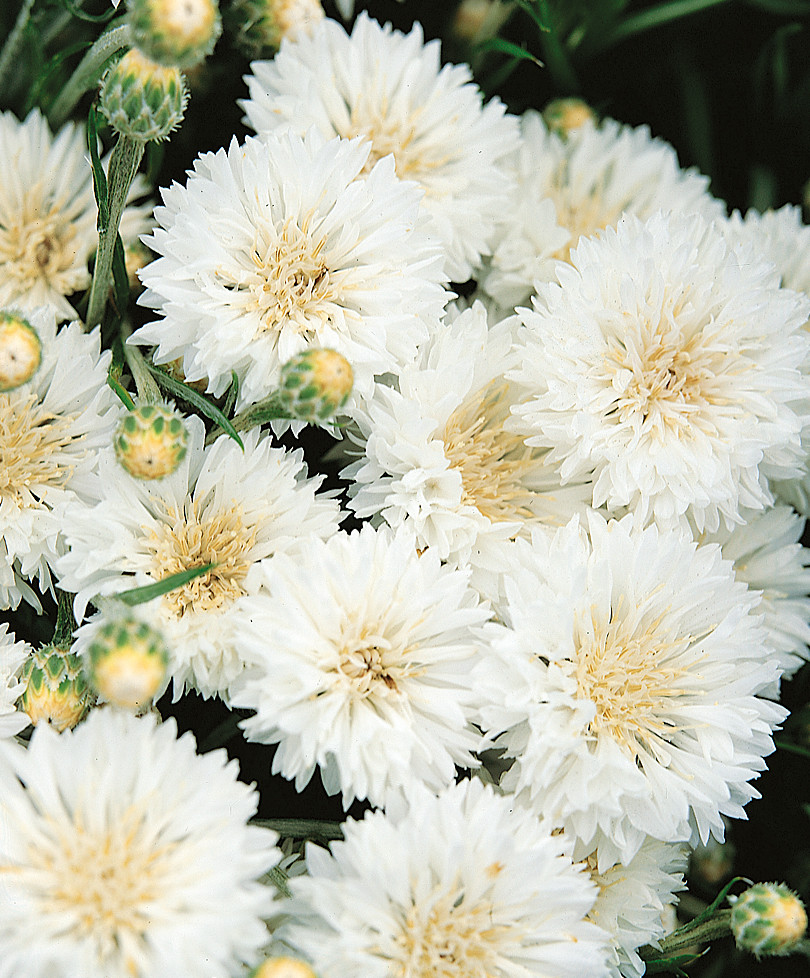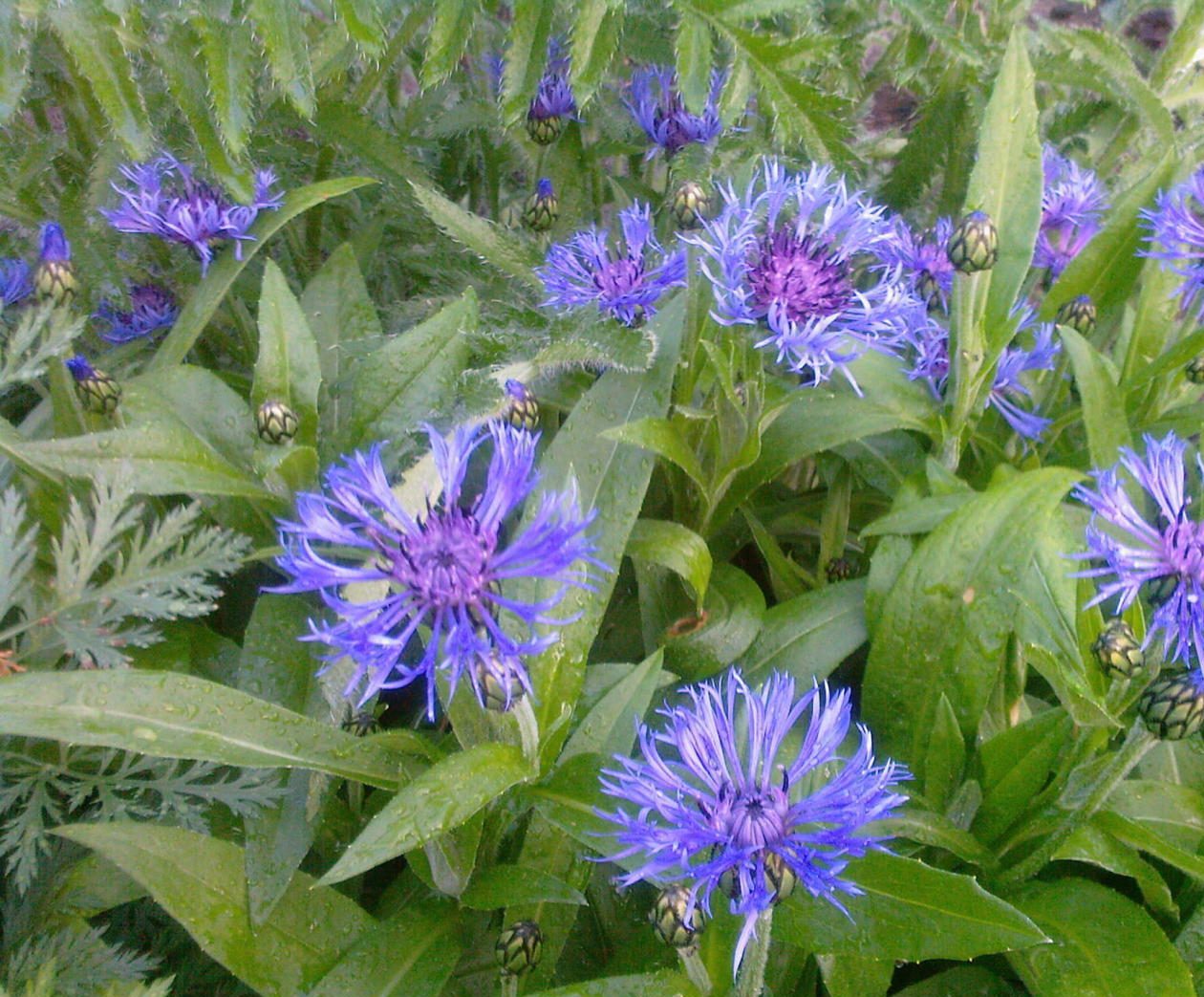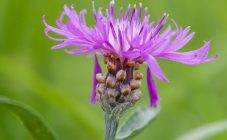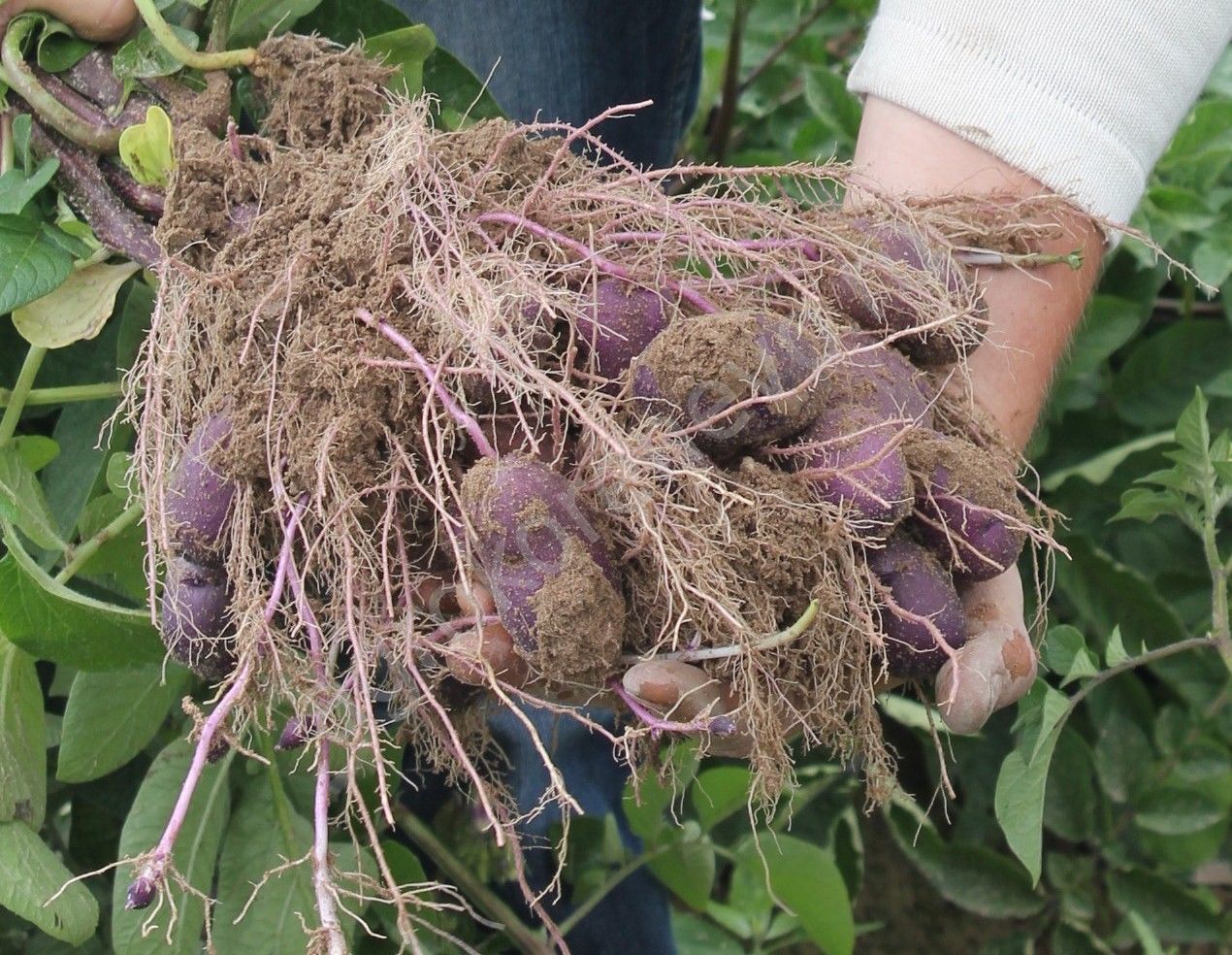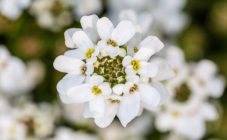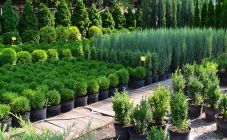Content:
Cornflowers are large-flowered perennials and annuals belonging to the Astrovye family. Today the genus has about 600 varieties, most of all grow in the Eastern Hemisphere. A large number of species can be found in the wild in the Middle East. An uncomplicated flower has many medicinal properties that are used in traditional and folk medicine.
Description and characteristics of the plant
Cornflowers grow on mountain slopes, wastelands, meadows and fields. Most of the varieties of the genus are weeds that, with their aggressive growth, pose problems to crops. Cornflowers are picky, multiply quickly, suppressing their neighbors. This is due to the fact that the root system of the flower releases special substances into the soil, which slow down growth and inhibit nearby growing plants.
In appearance, depending on the variety, the plants also vary greatly. The stems can be lodging or erect. The height can be insignificant, and can reach 120 cm.The leaves are arranged alternately.
Inflorescences can be formed in different shapes, for example, spherical or cylindrical. The color can also be varied: deep blue, red, pink, yellow.
Species that live in arid regions have a strong and long root shaft. Others are characterized by a branched root system, grow horizontally, forming daughter flowers.
Cornflower garden: varieties and varieties
The cornflower genus has a large number of varieties; they differ from each other not only in appearance and chemical composition, but also in life expectancy (perennial, biennial and annual).
The most common varieties of perennial garden cornflower:
- White cornflower is capable of reaching a height of 30 cm, the surface of the branches is terry, during flowering, white flowers are formed. Inflorescences are formed, the diameter of each is approximately 5 cm. Due to its rarity, this plant is listed in the Red Book.
- Mountain cornflower is one of the most popular species of cornflower representatives. The culture can reach a height of 1 m. The root system is powerful, it grows horizontally, occupying large areas.
- Yellow cornflower. A compact shrub that perfectly retains its shape throughout the growing season. It can reach a height of 1 m, bright yellow inflorescences form at the tops of the stems, their diameter is on average 5 cm.
- The large-headed cornflower grows quite powerful, its height is 1.2 m. The diameter of the inflorescences is up to 8 cm, which makes them the largest representatives of the genus.
- The eastern cornflower is a wild representative, the height varies from 1 to 1.2 m. The leaf plates are whole and divided, the inflorescences are formed in a bright yellow color.
- Meadow cornflower is a herbaceous perennial plant, the height of which can reach 80 centimeters. The leaves are ovoid and are formed at two levels: upper and lower. The upper ones are located closer to the flowers, and the lower ones are on winged petioles. This type of plant is common in Eurasia; in Europe, few people know and have heard about it.
- The whitewashed cornflower has an erect stem, the height is 0.5 m. It has excellent decorative properties, which makes it very popular.During flowering, flowers of a bright pink color are formed, a diameter of about 5 cm.
- The pink cornflower has a powerful erect stem, the height of which does not exceed 1 m. The inflorescences are lush and swollen. The diameter reaches 5 cm. The leaves are colored dark green.
Perennial cornflowers: planting and care in the open field
To successfully grow a garden cornflower, you need to choose the right site.
When choosing a location, you should pay attention to the following recommendations.
- Prefers well-lit areas, but can grow in partial shade. Space is important.
- There is practically no need to take care of the plant. It looks attractive if grown as a curb plant in flower beds.
- Possesses good cold-hardiness, survives severe winters.
How to grow cornflowers from seeds?
Planting seeds is the most common way to breed cornflower seeds, since it is extremely difficult to get seedlings in local nurseries. You can grow plants in open soil and at home:
- The seeds of annuals are sown with the onset of spring immediately into open fertilized soil, the earth should be sufficiently warmed up.
- Perennial plants are pre-grown at home in pots or in greenhouse conditions, they are transferred to a permanent place in October.
Horticultural care
The plant in care is unpretentious, even beginners can grow it. It is important to follow these rules:
- Fertilization. It is not necessary to carry out this procedure, but it is desirable for lush and long flowering. The optimal frequency of feeding is once every two weeks.
- Watering. The plant has good indicators of drought resistance, as a rule, watering with summer rains is enough for the plant. Excess moisture has a detrimental effect on the development and growth of a plant.
- Pruning. This nourishing procedure is essential to make the culture look attractive. To prevent undesirable reproduction of cornflower throughout the suburban area, it is necessary to remove all dry inflorescences in a timely manner.
Cornflowers are resistant to diseases and insects, however, when waterlogged, the plant can be affected by rust, gray rot, spotting and powdery mildew. Fungicides are used to combat.
Cornflowers are simple yet extremely attractive flowering plants. Knowing the basic rules for planting and caring for cornflowers, absolutely everyone can grow them!
